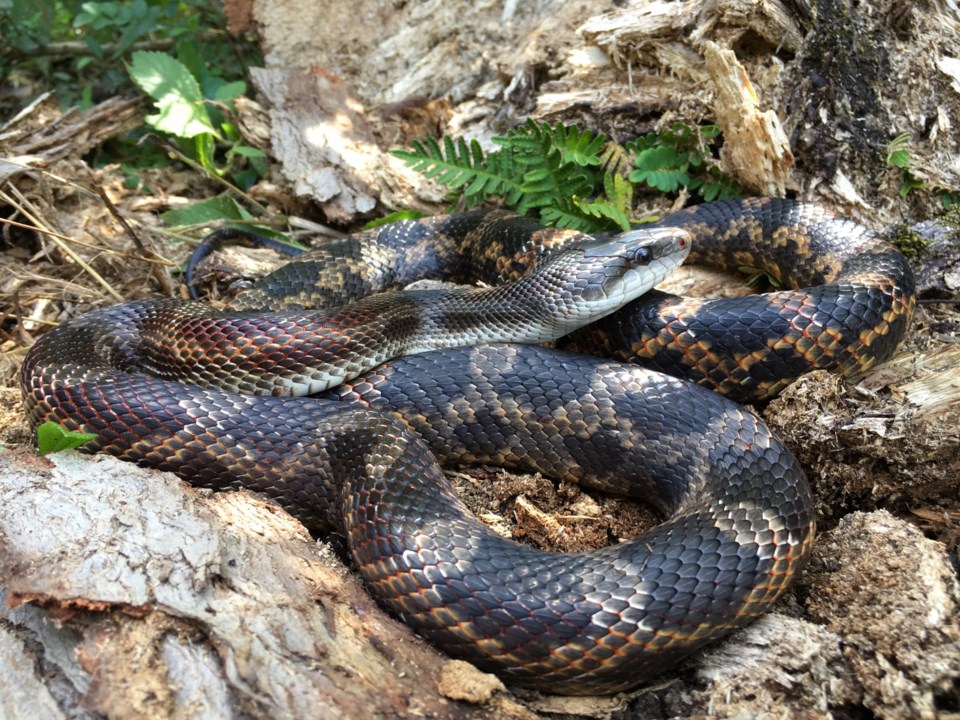As we head outside the enjoy the spring weather, it’s important to remember we aren’t the only ones basking in the warm sun.
Once temperatures reach an average of 65 degrees, snakes become active. Typically, during daylight hours, they rest in areas with temperatures ranging from 73 to 88 degrees. As temperatures soar above 90 degrees, snakes become less active during the day and tend to be more active at dawn and dusk (crepuscular) or at night (nocturnal) to avoid the heat.
According to the city of Dallas, the area boasts over 30 species of snakes (68 in the state), with the vast majority being harmless and nonvenomous. Among them, the Texas rat snake is the most commonly seen species, often reaching lengths exceeding 5 feet. These rat snakes play a crucial role in controlling rodent populations, indicating a sizable rodent presence in the area where they thrive. Additionally, two commonly encountered snakes in Dallas are the western ribbon snake and the Texas brown snake, which primarily feed on earthworms and snails.
Water snakes frequently inhabit the lakes, rivers and creeks in the North Texas area. The predominant species observed in Dallas are the nonvenomous blotched water snake and diamondback water snake. Typically, if a water source supports frogs, it will likely harbor one or both of these snake species.
In North Texas, four species of venomous snakes can be encountered: copperheads, which include the Southern copperhead and the broad banded copperhead, as well as the Western diamondback rattlesnake, cottonmouths and the Texas coral snake.
With the North Texas population steadily increasing and more individuals relocating to "untouched" areas, encounters with venomous snakes are becoming more frequent.
Avoiding snake encounters is straightforward: leave them alone and maintain distance. A significant portion of snake bites occur when individuals attempt to kill or handle snakes. If you have a dog, the most effective precaution is to keep it leashed and under your control.
If you spot one of these slithery friends, visit the link here to identify the species. Because these reptiles fulfill an important role in the ecosystem it’s better to know the difference between venomous and nonvenomous snakes.
Don't miss anything Local. Sign up for our free newsletter.




